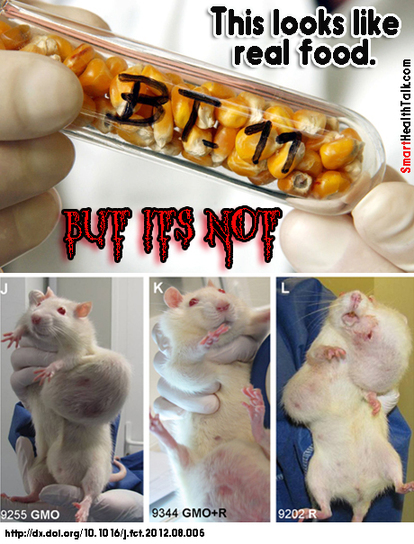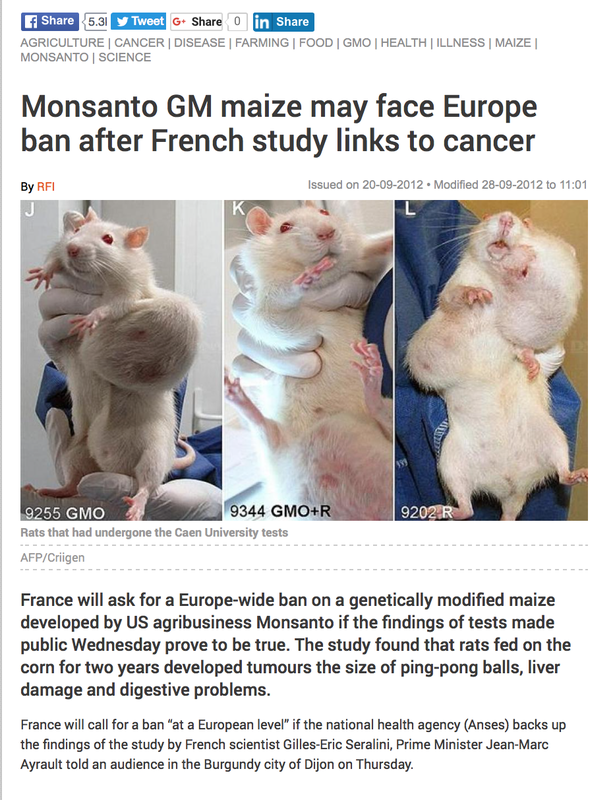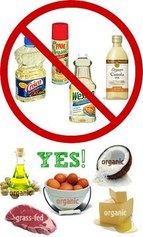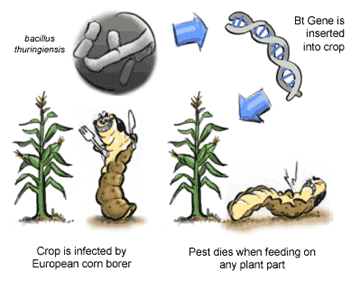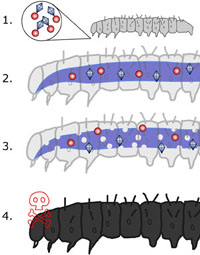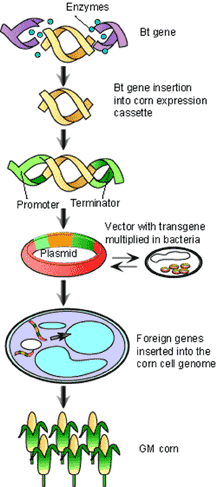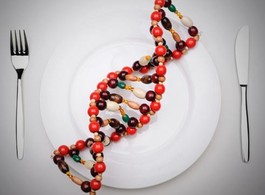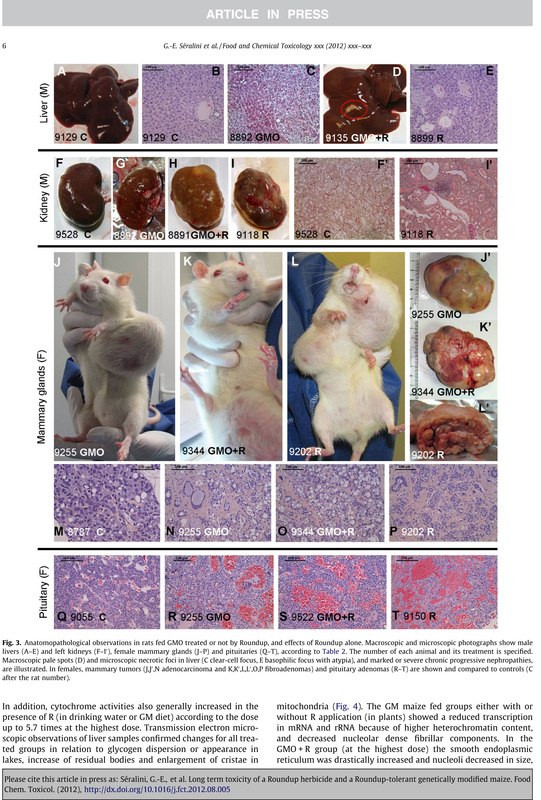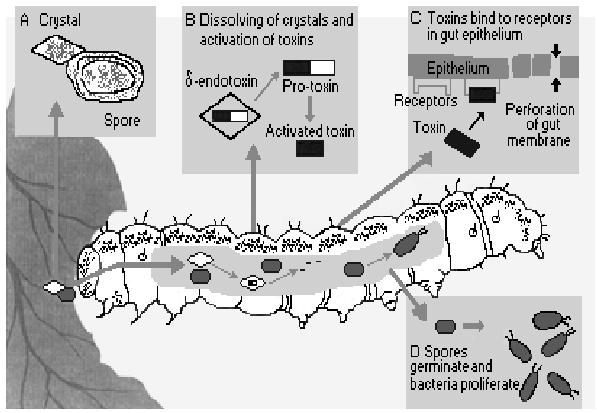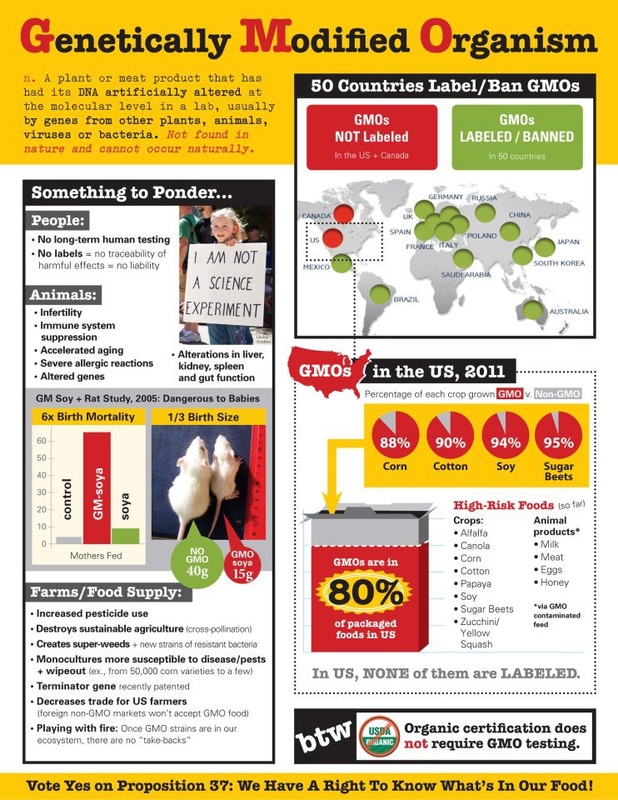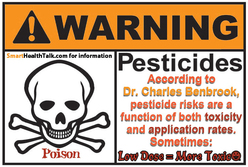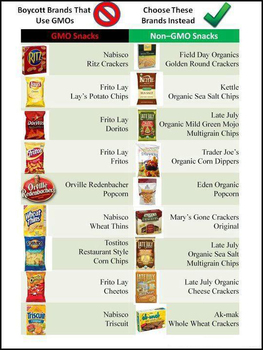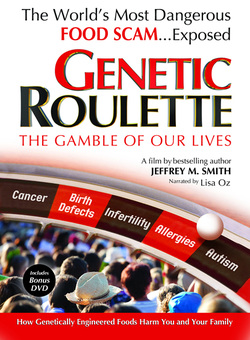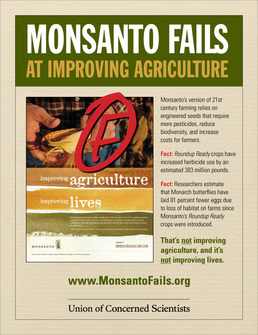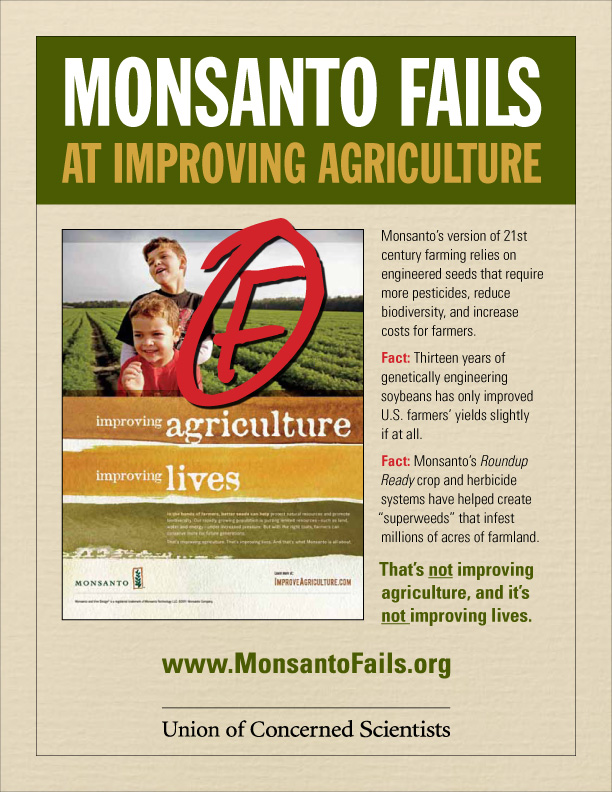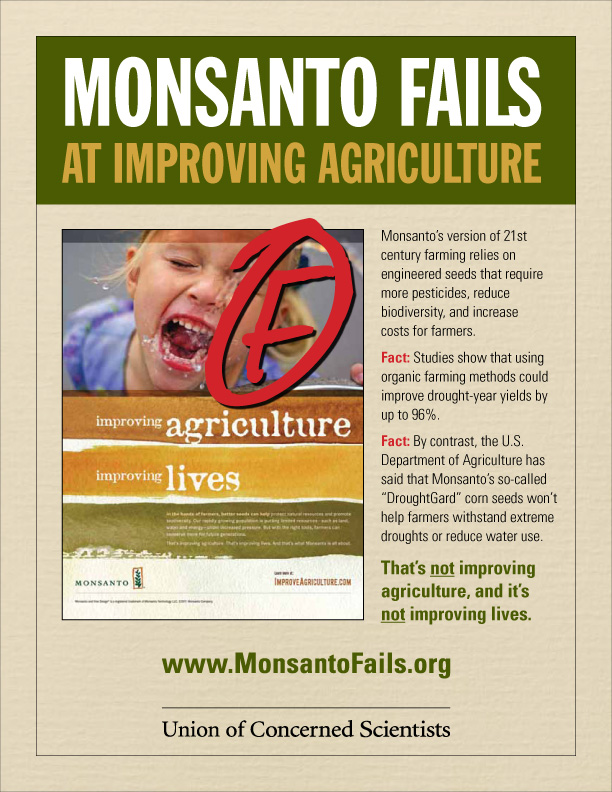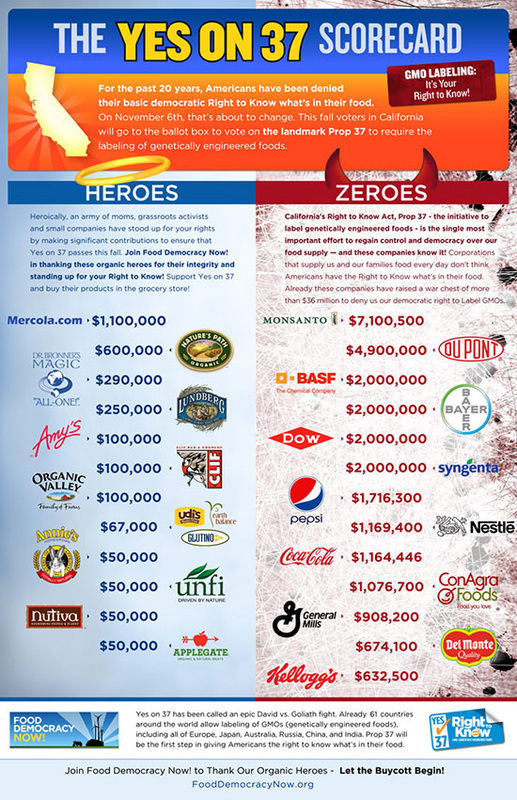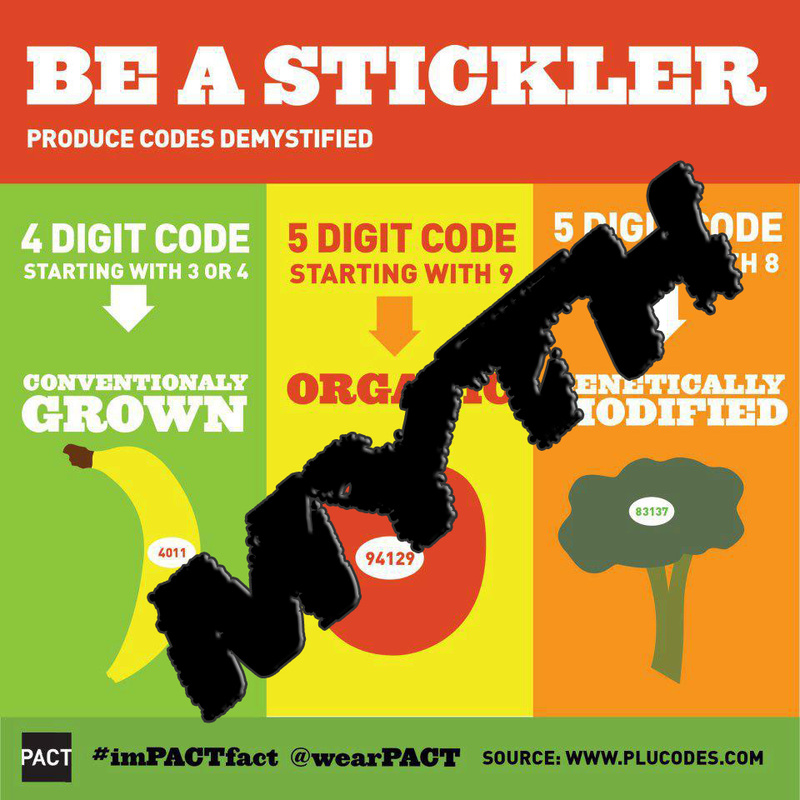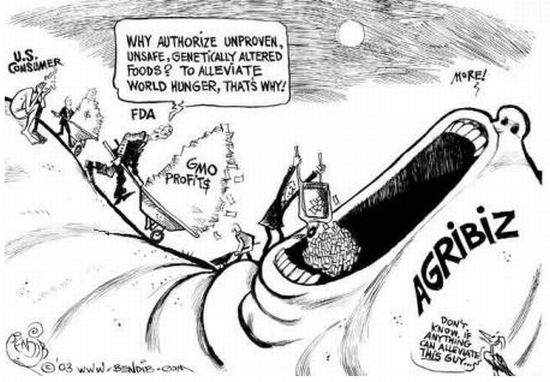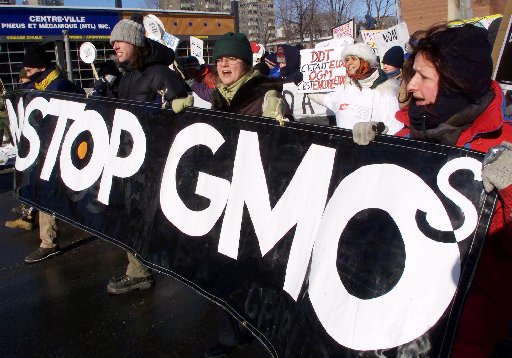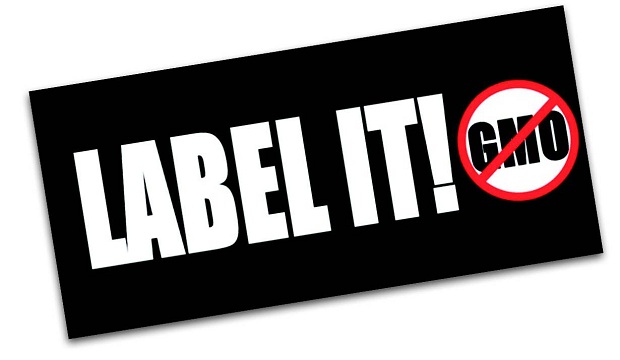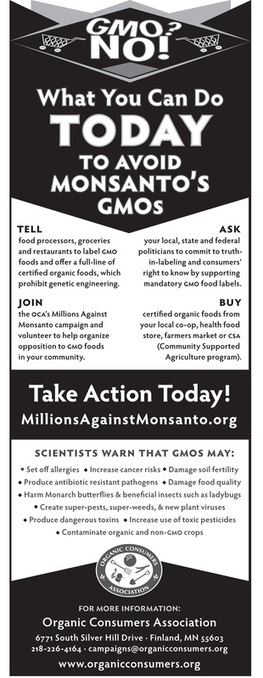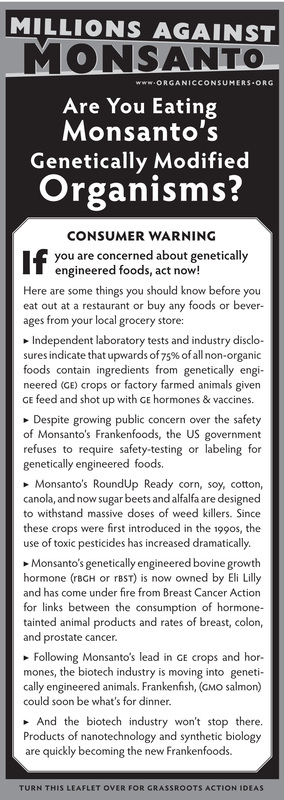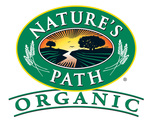|
|
Dr. Gilles-Eric Séralini Research Almost Stopped Use of Roundup in Europe So Monsanto Set Out to Stop Him & Discredit ResearchSee below: Dr. Séralini's research has now been republished and he is getting the respect he deserves for his two years of work underground in search of the real truth about Roundup Glyphosate. In his first trip to the US in years, we had a chance to meet with him and find out the real story of what happened and ask him where we should go from here.
|
More evidence Dr. Seralini was set up by Monsanto Corporation and they took action to attack and discredit him and his work on their product Roundup Glyphosate
|
Research on Round Up Ready, world's best-selling weedkiller, and Monsanto genetically modified corn resistant to it, have shown to cause tumors, multiple organ damage and premature death, a new French study revealed. The results are published in The Food & Chemical Toxicology Journal in New York. Hear what scientists that worked on the two-year study thought of their research results below.
|
UPDATE NEW INTERVIEW WITH Dr. Gilles-Eric Séralini who was one of the biggest threats ever to corporate giant Monsanto chemical, GMO seed, and pesticide maker when he proved that GMOs and glyphosate in Roundup WAS NOT SAFE. When a headline hit European newspapers that all of Europe was going to discontinue use of Roundup Glyphosate Monsanto set a plan in motion to attack Dr. Séralini's work and discredit his reputation. They were willing to make sure the editor of the publishing magazine for his research was fired and one of their Monsanto people replaced the magazine editor. What happened after that could be a soap opera. Dr. Dr. Séralini gives us an inside look at what really went down. No doubt reality can be more bizarre than fiction!
It is obvious to see why Monsanto was willing to anything to stop Europe from using Roundup.
Click here to go to original article.
Understanding how GMO Bt pesticide kills gut cells.
Scroll down past the French GMO Study results to the bottom of the page for more information on this subject.
Make better Non GMO Shopping in store and online choices with the Non-GMO Shopping Guide app.
|
View Result Pictures
|
|
|
You can rid your life of GMOs. Start with produce and work out from there.
GMOs happened when you weren't looking, and they knew you weren't looking. Elaine McFadden, MPH, RD
There are lots of things that you have not been told, and things you have been told that you should look into more. No on Prop #37 ad was also caught misrepresenting the FDA.
|
|


